
If you’re one of the millions dealing with neuropathy-related foot pain, you know how challenging it can be to stay active and comfortable throughout the day. Numbness, tingling, burning sensations, or sharp pain in the feet are all common symptoms that can interfere with daily life. Fortunately, one of the simplest and most effective ways to manage these symptoms is by choosing the right pair of shoe insoles.
Neuropathy Definition
Neuropathy is a disorder that disrupts the body's peripheral nerves, resulting in symptoms like tingling, numbness, and pain, typically in the hands or feet. Countless Americans live with neuropathy, yet many are unaware or fail to seek medical care. This is concerning, as neuropathy can severely impact health and diminish quality of life.
Neuropathy Symptoms
Neuropathy symptoms vary widely based on the type and severity of the condition.
Initial signs often appear in the extremities and include:
- Tingling and numbness
- Sharp or shooting pain
- Heightened sensitivity to touch or pressure
- Muscle fatigue or weakness
These early signs typically begin in the feet and progress upward through the legs. Similar sensations may later emerge in the hands, gradually spreading to the arms and beyond.
The symptoms of neuropathy can be inconsistent, sometimes fading and returning or shifting in intensity over time. If left untreated, the condition may worsen, leading to more pronounced sensory and motor symptoms.
Symptoms like numbness and muscle weakness can impair balance and coordination, complicating daily tasks such as walking or climbing stairs. As these challenges intensify, the likelihood of falls increases significantly.
Neuropathy in Feet
Neuropathy in the feet, often referred to as peripheral neuropathy, Neuropathy in the feet refers to nerve damage that causes pain, tingling, numbness, or burning sensations, usually in the toes or soles. It's often a result of conditions like diabetes, chronic alcohol use, or injuries that impact the peripheral nervous system.
Proper footwear and cushioned, supportive insoles can help relieve pressure, reduce pain, and protect sensitive feet. If you experience persistent symptoms, it’s important to consult a healthcare provider for diagnosis and care.
What Causes Neuropathy in Feet
Peripheral neuropathy arises from three primary categories of causes:
Acquired Peripheral Neuropathy
This type results from external factors like toxins, injuries, diseases, or infections. Common triggers include:
- Diabetes
- Certain rare genetic disorders
- Excessive alcohol consumption
- Nutritional deficiencies, especially in specific vitamins
- Some cancers and their chemotherapy treatments
- Autoimmune conditions where the body attacks its nerves or responds excessively to injury
- Certain medications
- Kidney or thyroid disorders
- Infections such as Lyme disease, shingles, or HIV/AIDS
Hereditary Peripheral Neuropathy
Less common, this form is inherited through family genetics. The most prevalent is Charcot-Marie-Tooth disease type 1, with symptoms like:
- Muscle loss in the legs and feet
- Weakness in legs, ankles, and feet
- Difficulty with walking or running
- High arches and curled toes
- Foot drop (trouble lifting the foot at the ankle)
These symptoms often emerge during adolescence or early adulthood.
Another hereditary form, Dejerine-Sottas syndrome, begins in infancy and leads to progressively worsening symptoms, including:
- Tingling, burning, or prickling sensations
- Leg muscle weakness
- Delayed walking milestones
- Gradual loss of walking ability by adolescence
- Weakness in muscles and forearms
- Pain
- Respiratory difficulties
Idiopathic Peripheral Neuropathy
In nearly half of cases, the cause remains unidentified. When no specific trigger is found, healthcare providers may label the condition as "idiopathic."
Diabetic Neuropathy Symptoms
Diabetes-related neuropathy occurs when prolonged high blood sugar levels (hyperglycemia) cause nerve damage. It may affect individuals with long-term diabetes, including Type 1 and Type 2, though not all diabetic patients develop this condition.
Neuropathy can also stem from other factors, such as compressed nerves, inflammation, nutrient deficiencies, or nerve injuries. Medical professionals classify neuropathy as diabetes-related when a patient has diabetes and no other underlying cause is identified.
Diabetes-related peripheral neuropathy frequently impacts the feet, presenting symptoms such as:
- Numbness, tingling, or prickling sensations (paresthesia).
- Pain that feels burning, sharp, or electric.
- Abnormal sensitivity to touch (dysesthesia).
- Weakness in muscles.
- Slow-to-heal sores or ulcers on the legs or feet.
- Complete loss of feeling in the feet, such as not sensing pain from injuries.
Nerve damage leading to peripheral neuropathy often progresses gradually over the years. Mild nerve damage may go unnoticed for an extended period.
Best Shoes for Neuropathy
Over 20 million Americans live with neuropathy, a condition resulting from peripheral nerve damage. The most effective shoes for neuropathy provide ample cushioning and support, fit various foot widths, offer adjustability, and often feature a rocker sole. “Selecting the proper footwear goes beyond mere comfort—it’s essential for managing neuropathy,” says Dr. Mohammad Usman, a Chicago-based podiatric foot and ankle surgeon. “The right shoes can greatly alleviate discomfort and help prevent further complications.”
Neuropathy often leads to symptoms like numbness, stinging or burning pain, heightened touch sensitivity, muscle weakness, and poor coordination. The shoes listed here are designed to alleviate these challenges. Our top choice, the Brooks Ghost Max, features a rocker sole, wide sizing options, and generous cushioning for optimal comfort. We’ve also included sandals, slip-ons, and a Hoka model to support pain-free movement and mobility.
Best Shoes For Neuropathy Overall: Brooks Ghost Max
Best Wide Shoes for Neuropathy: New Balance Fresh Foam 1080v14
Best Walking Shoes For Neuropathy: Anodyne Sport Runner
Best Slip-On Shoes For Neuropathy: Orthofeet Kita Hands Free
Best Sandals For Neuropathy: Hoka Hopara Sandal
Best Comfortable Shoe For Neuropathy: Skechers Max Cushioning Elite 2.0
Best Hoka Shoe For Neuropathy: Hoka Clifton 10

Best Shoes Insoles for Neuropathy
For neuropathy patients, maintaining proper alignment can help prevent irritation of already sensitive nerves.
Many shoes lack sufficient support and cushioning, making supportive insoles crucial for optimal foot health and comfort.
PCSsole Universal Arch Support insoles are crafted to match the foot's natural contours, filling the gap between the foot’s three-dimensional shape and the flat sole of most shoes. This contoured support keeps feet in their natural position, reducing strain on nerves and minimizing discomfort.
While not specifically marketed for neuropathy, PCSsole insoles are highly effective for conditions like plantar fasciitis, flat feet, heel pain, and overpronation, which often coexist with neuropathy. Their ability to relieve pressure and improve alignment can indirectly alleviate neuropathic pain.
All-Day Comfort: The combination of cushioning, breathability, and support ensures comfort for prolonged standing or walking, common challenges for neuropathy sufferers.
For best results, pair these insoles with non-restrictive shoes to ensure proper circulation and avoid aggravating neuropathy symptoms. Regularly inspect your feet for injuries, as numbness can mask cuts or sores, and consult a healthcare provider to ensure your insoles complement other neuropathy treatments.



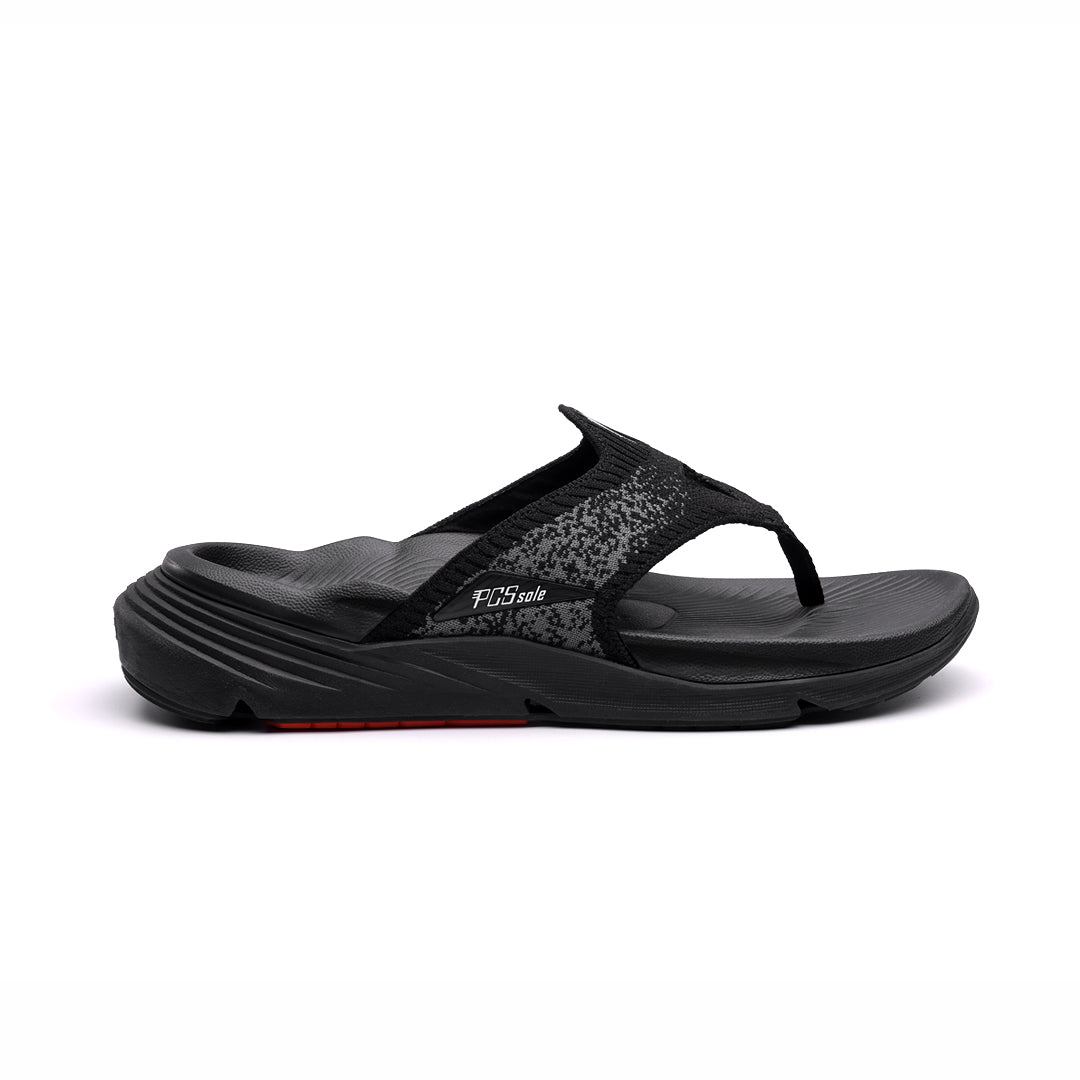


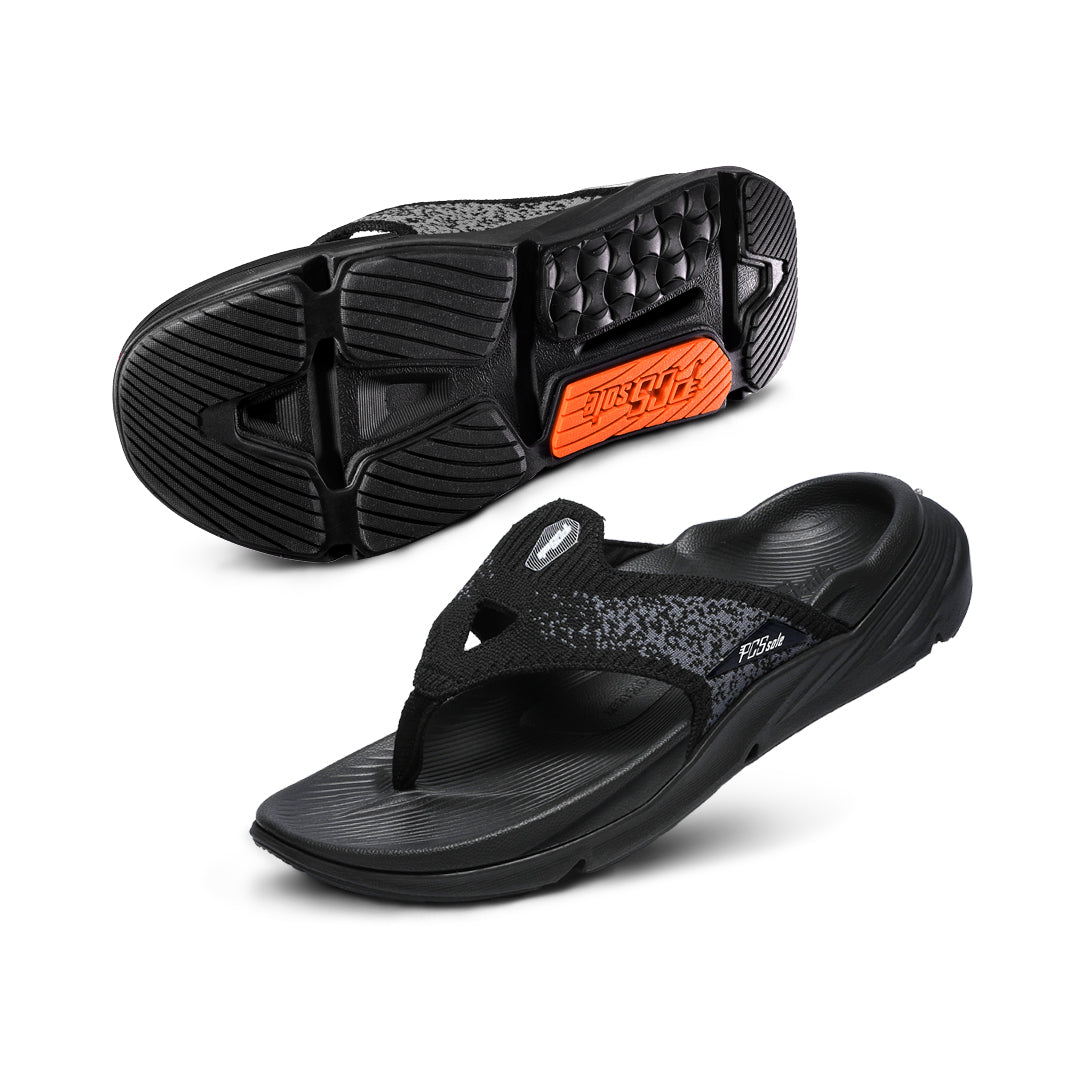
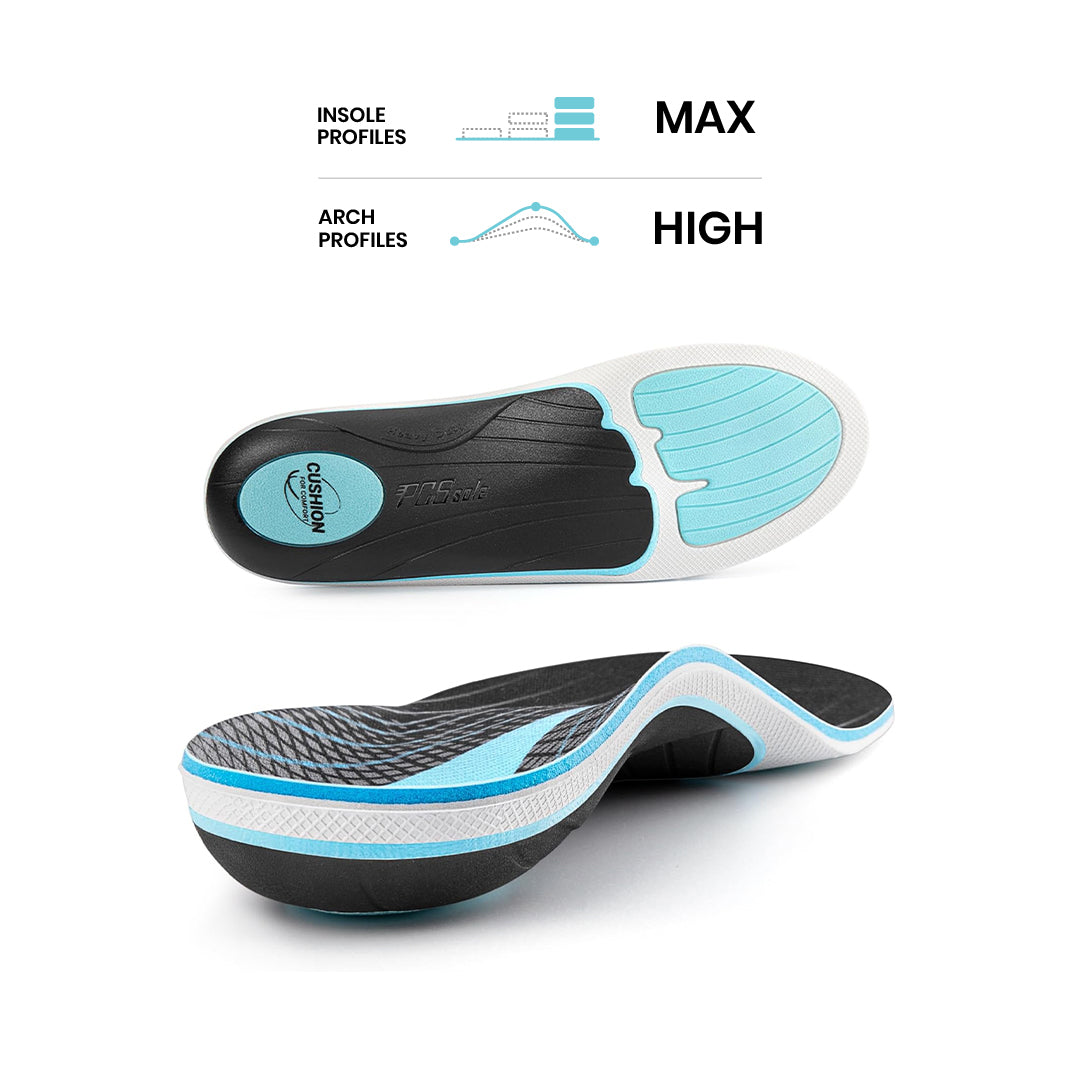
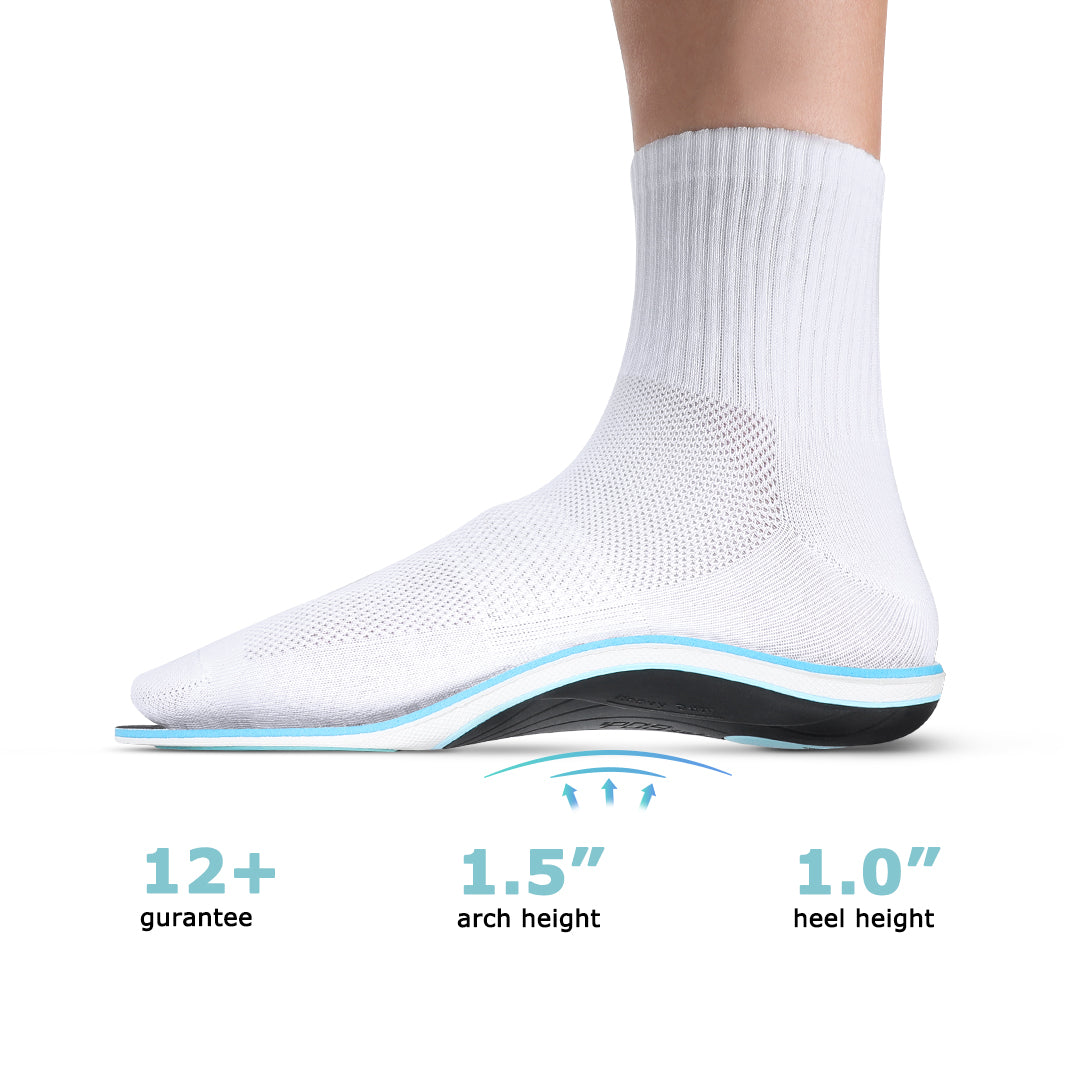
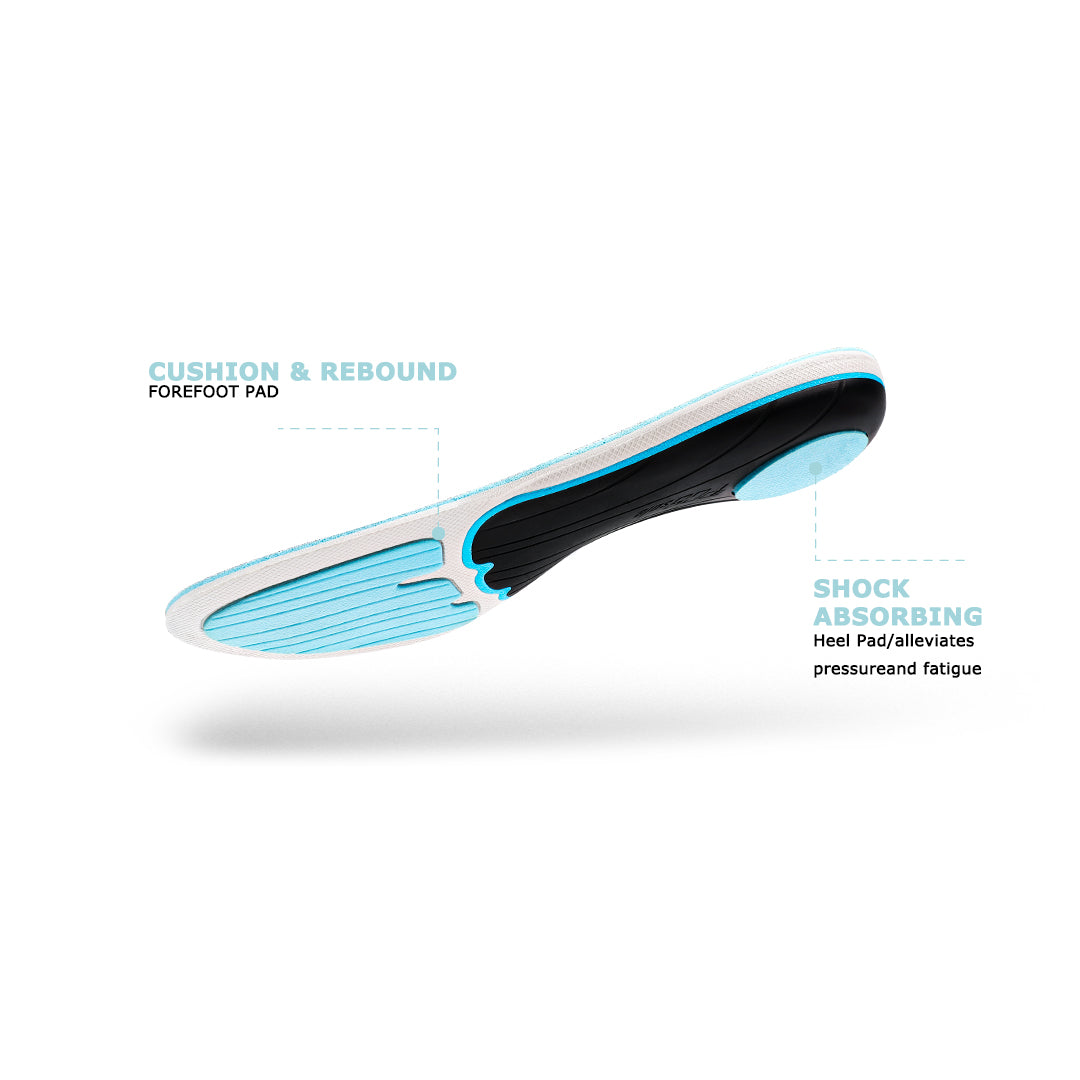
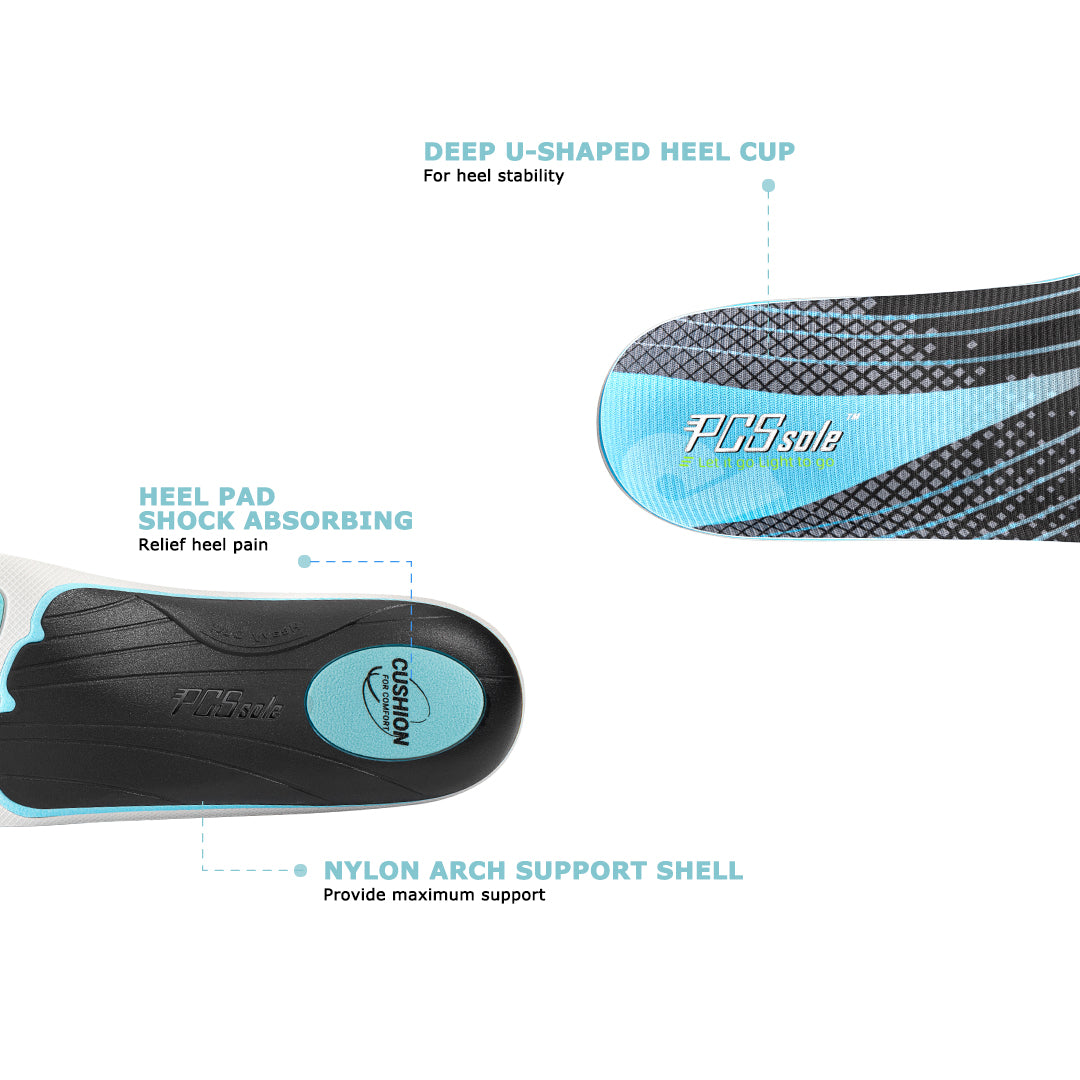
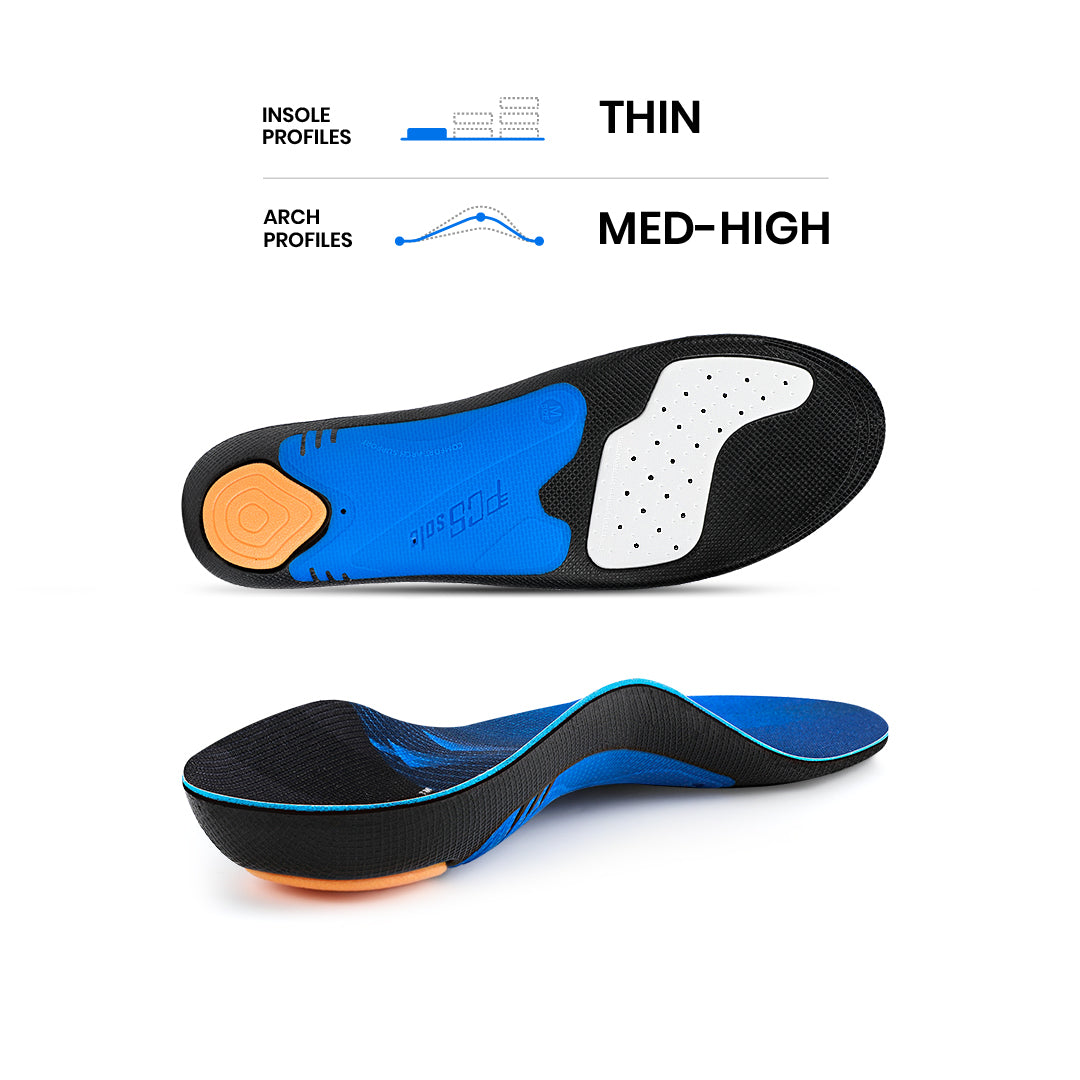
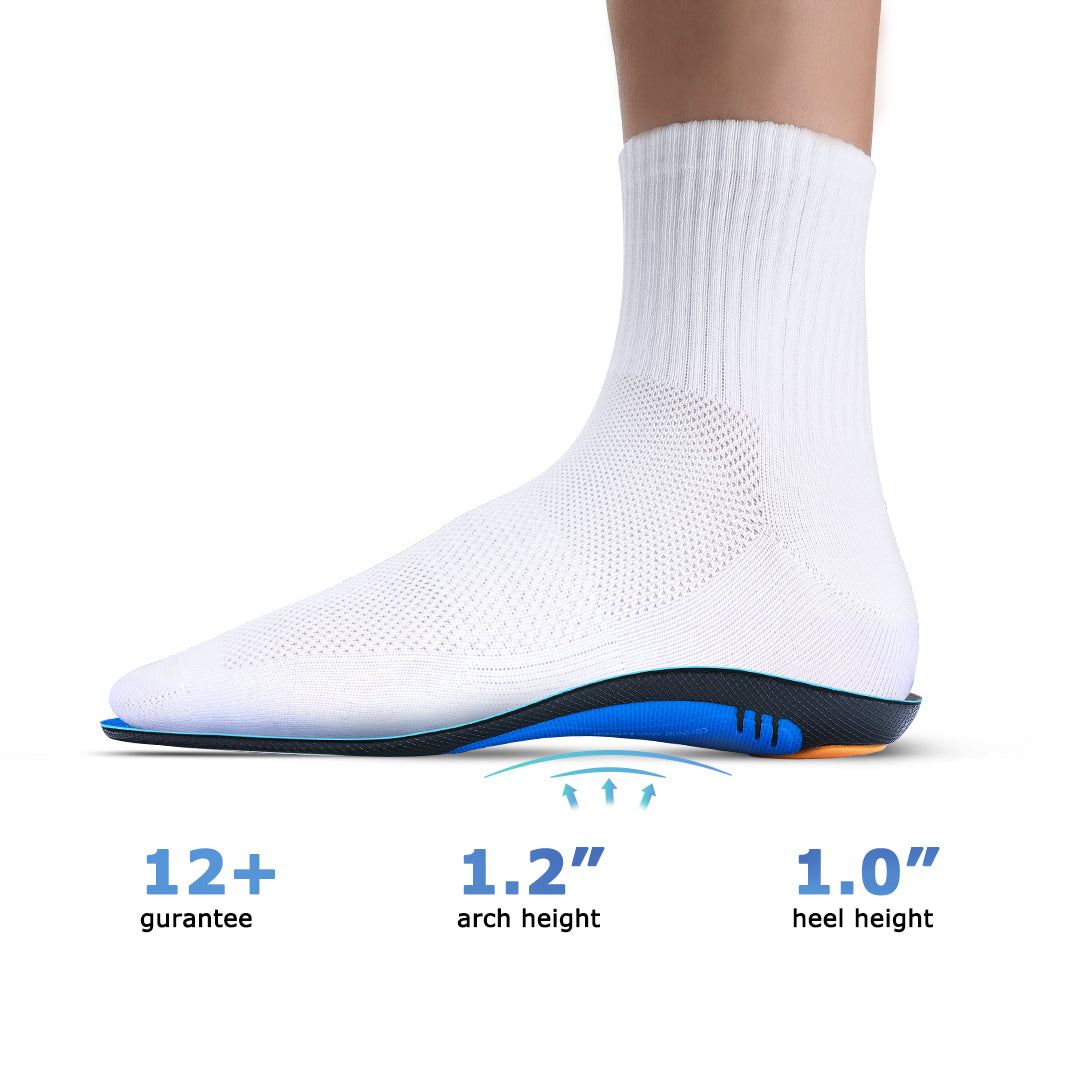
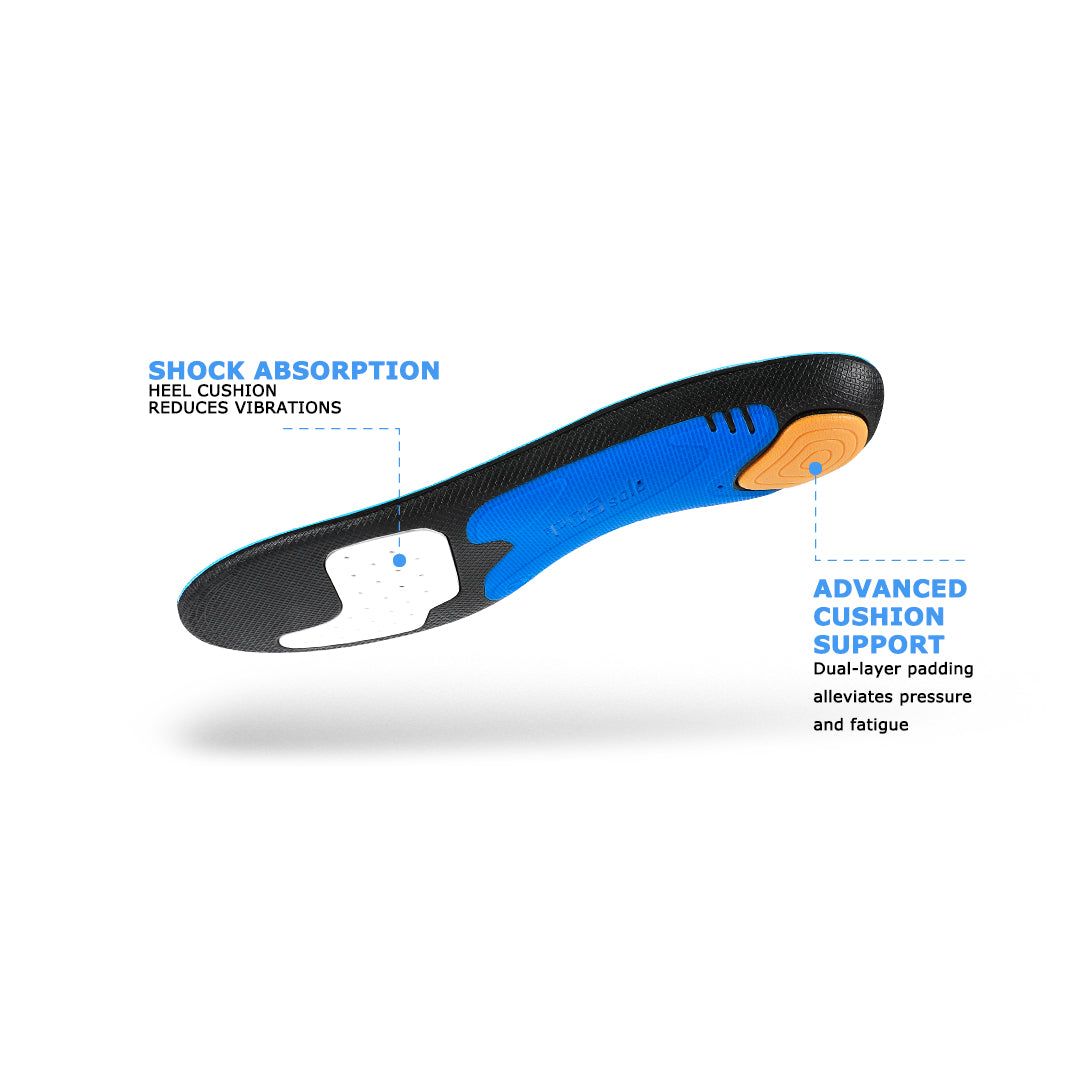
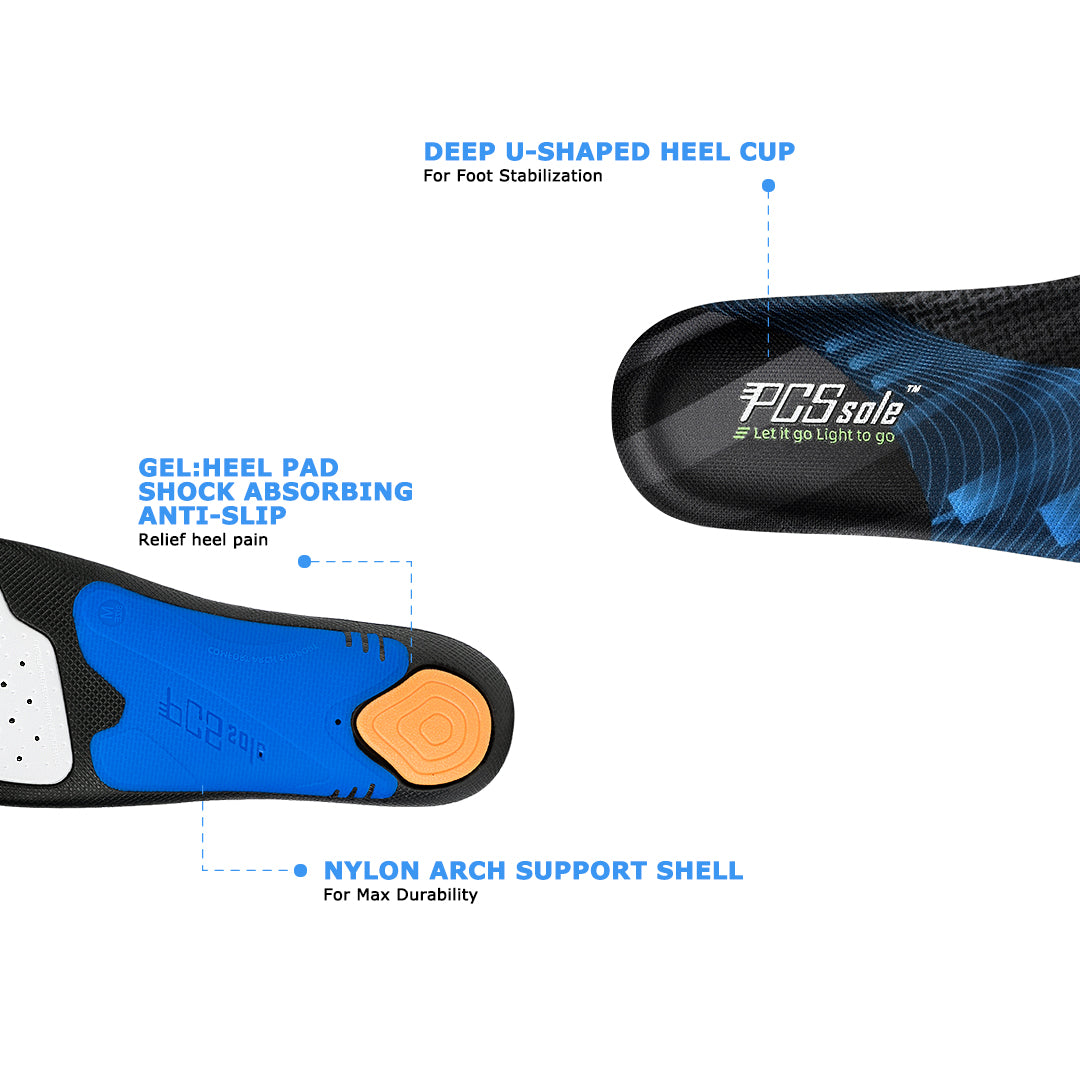
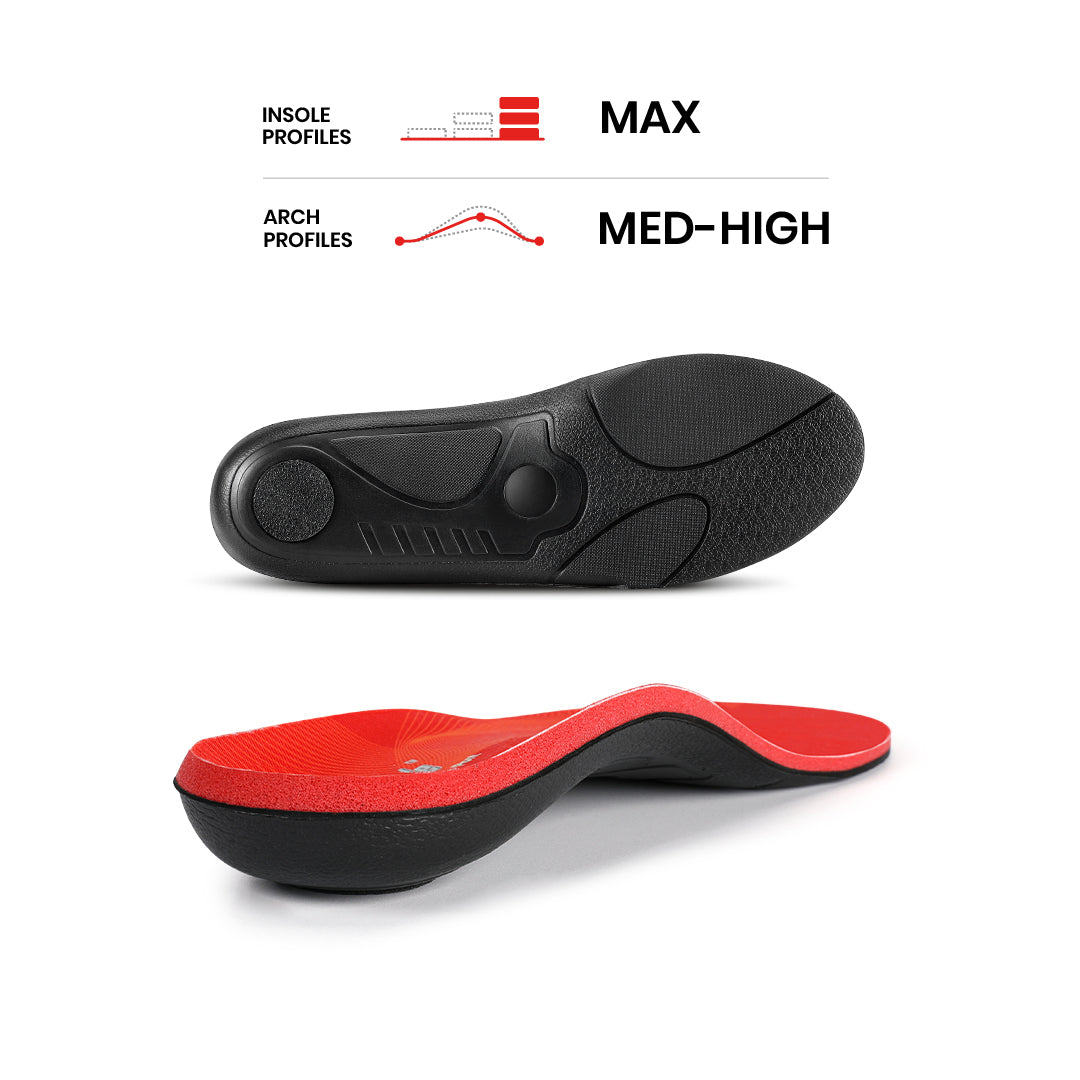
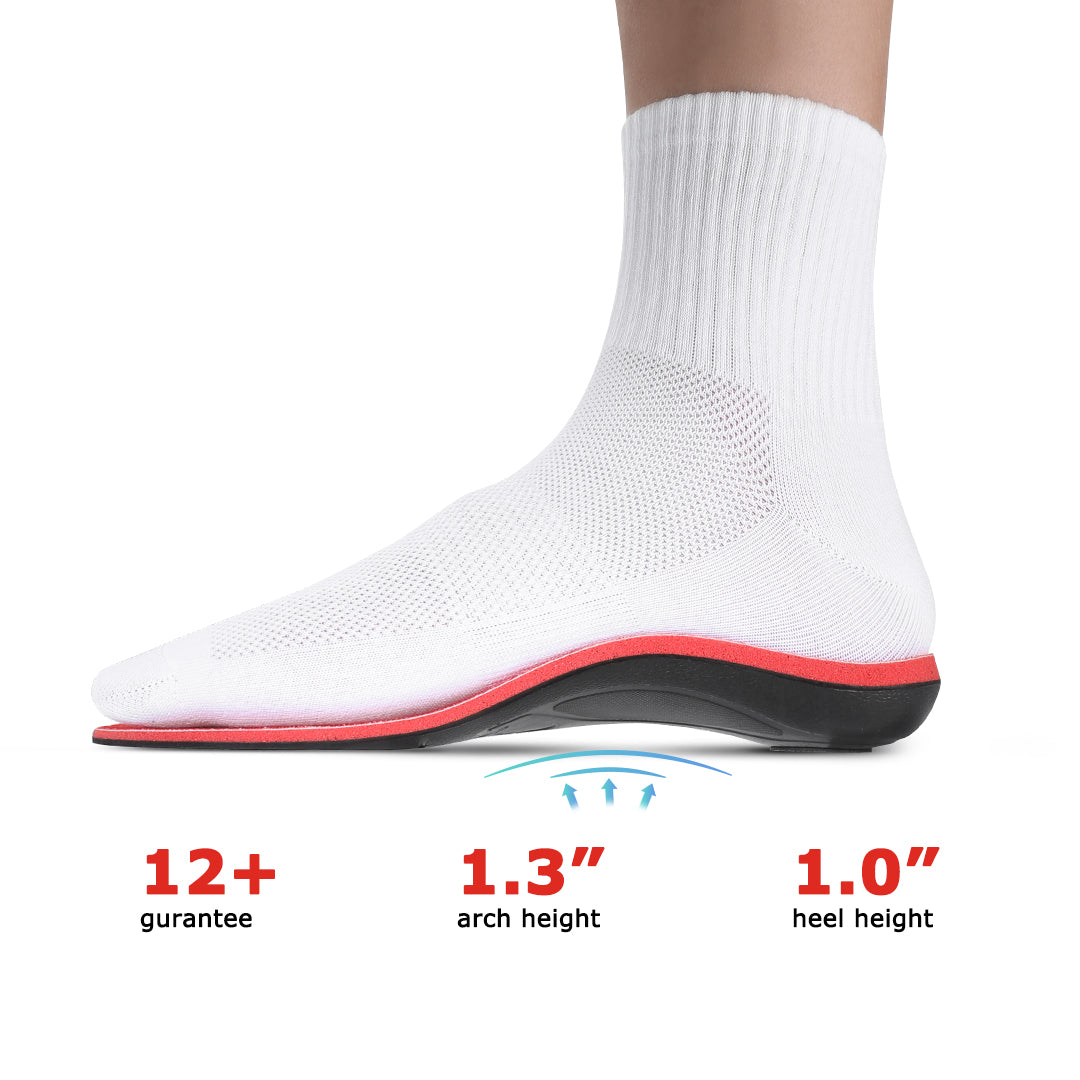
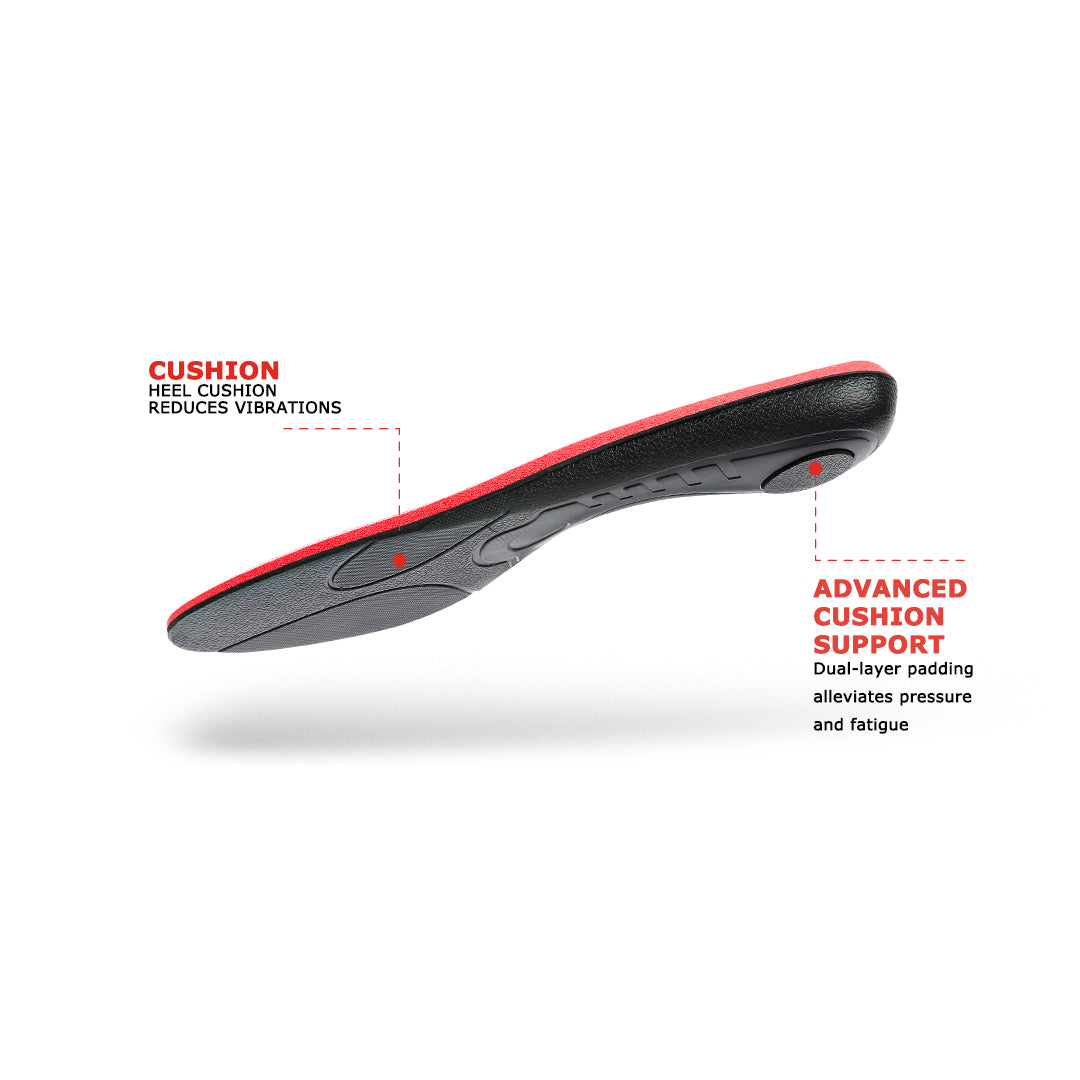
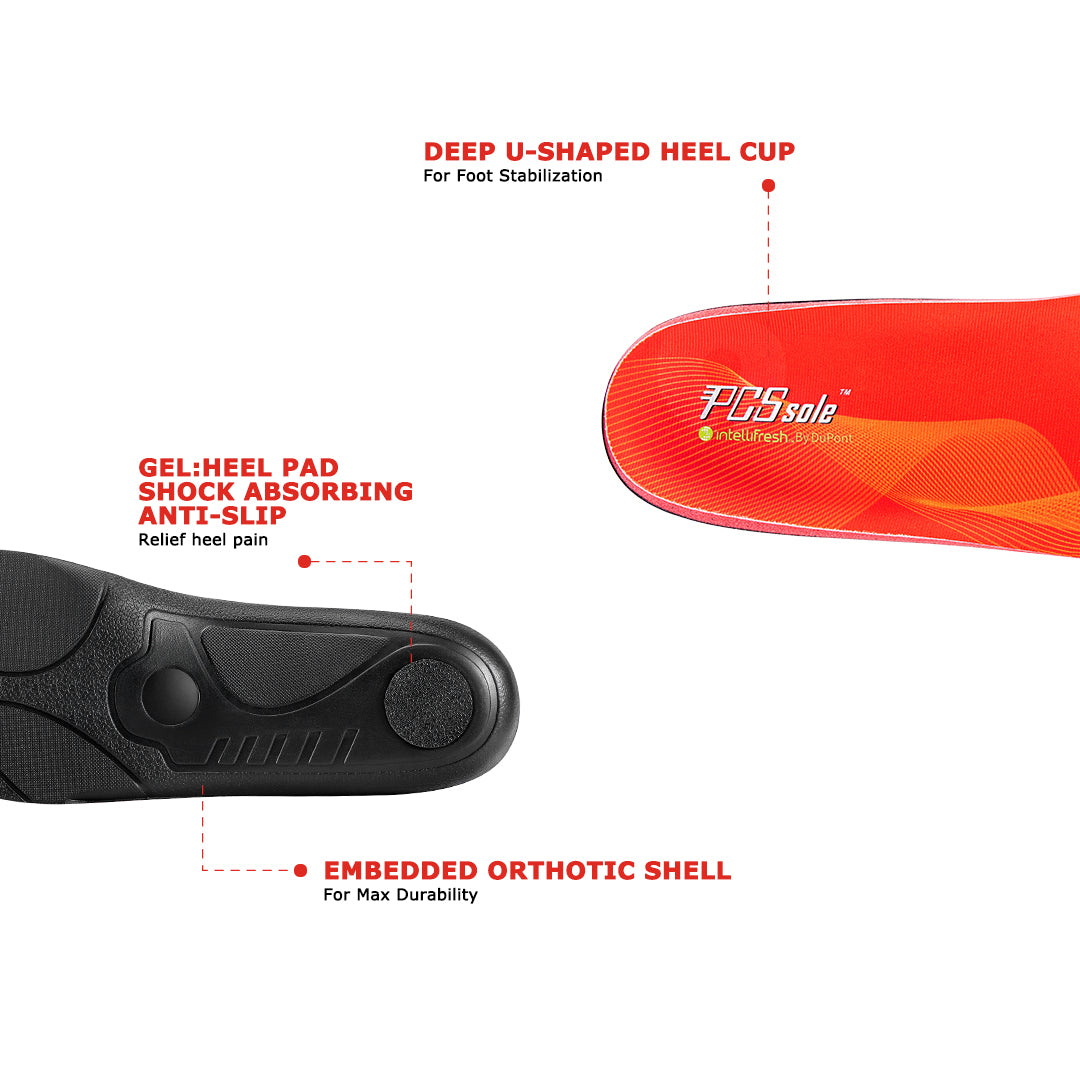
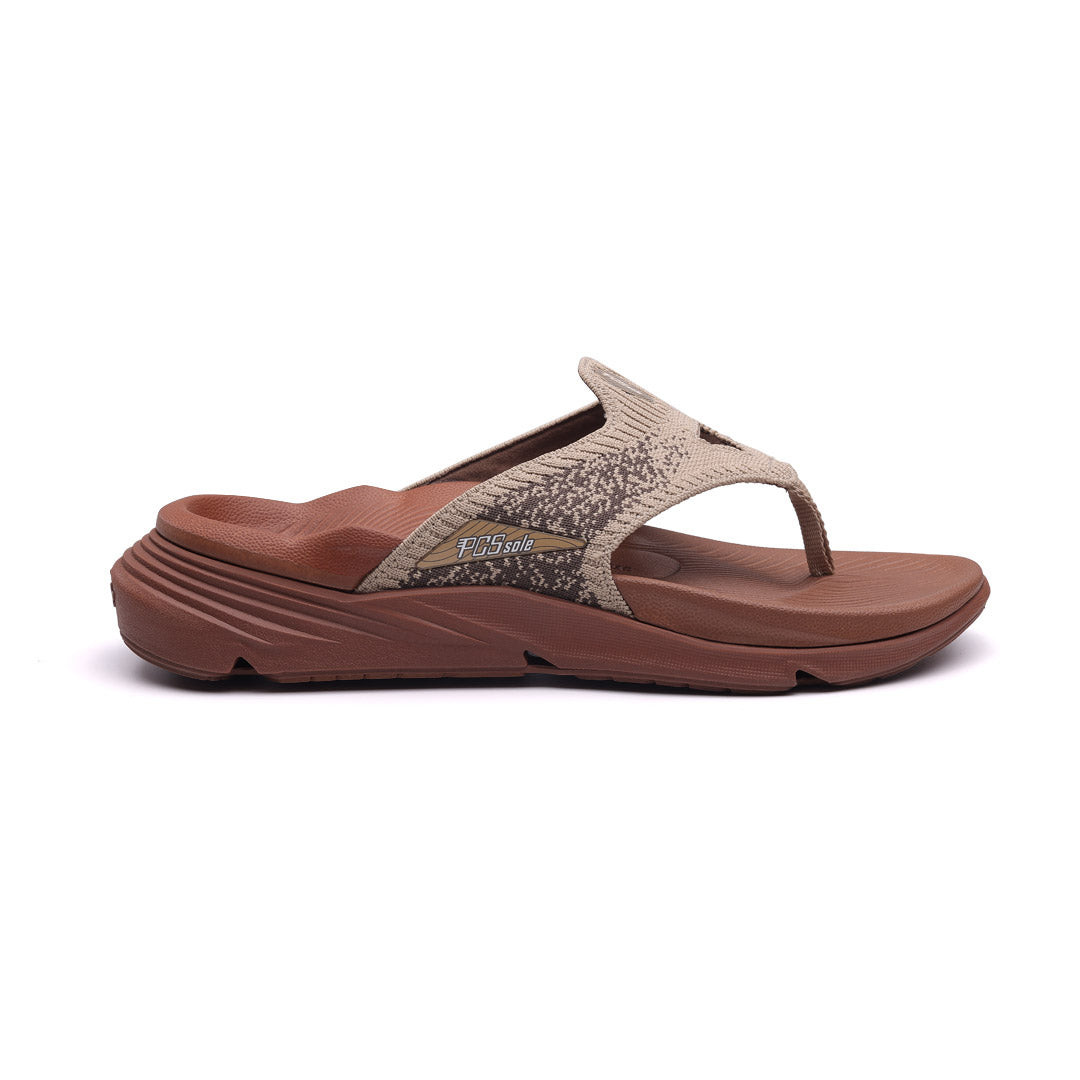


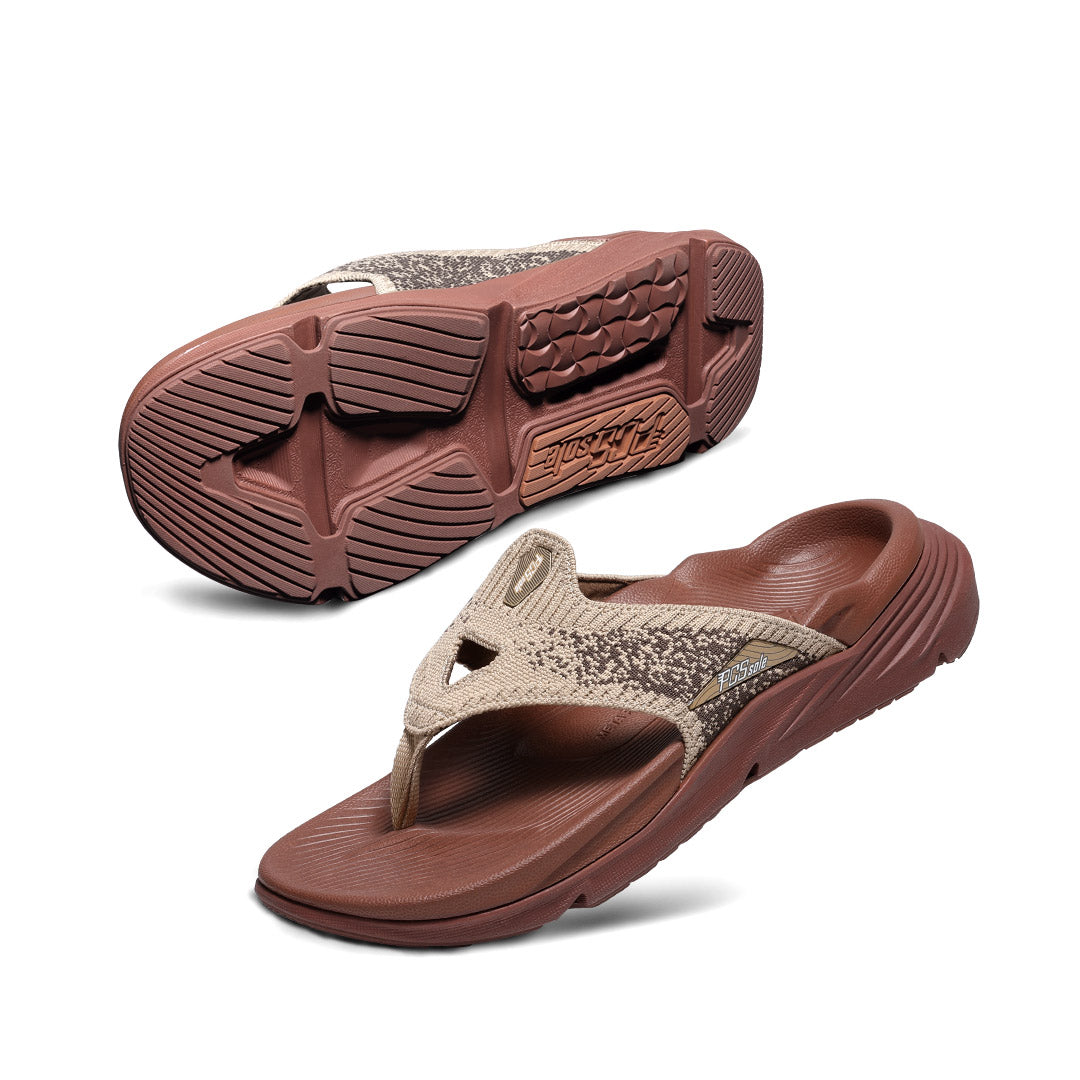
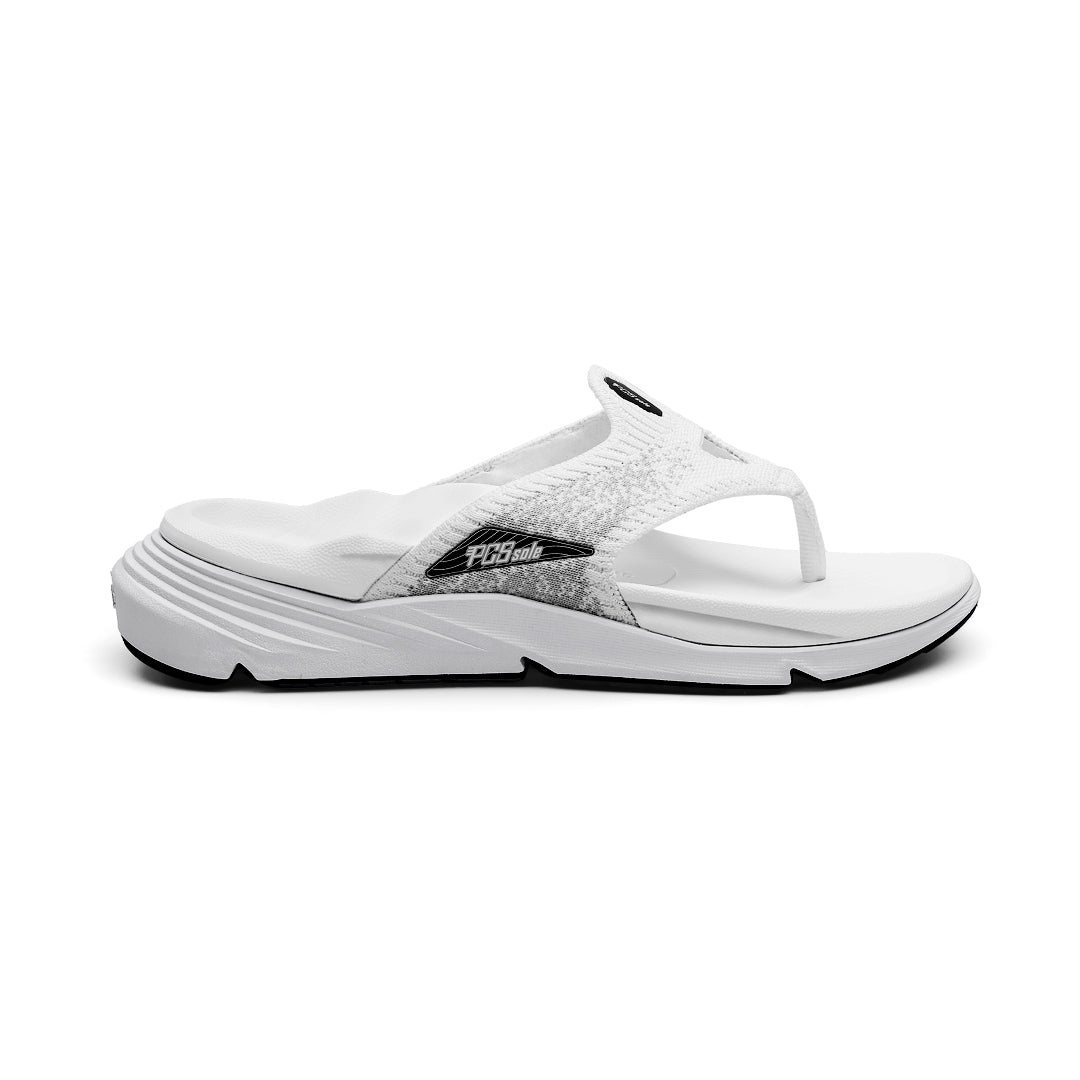

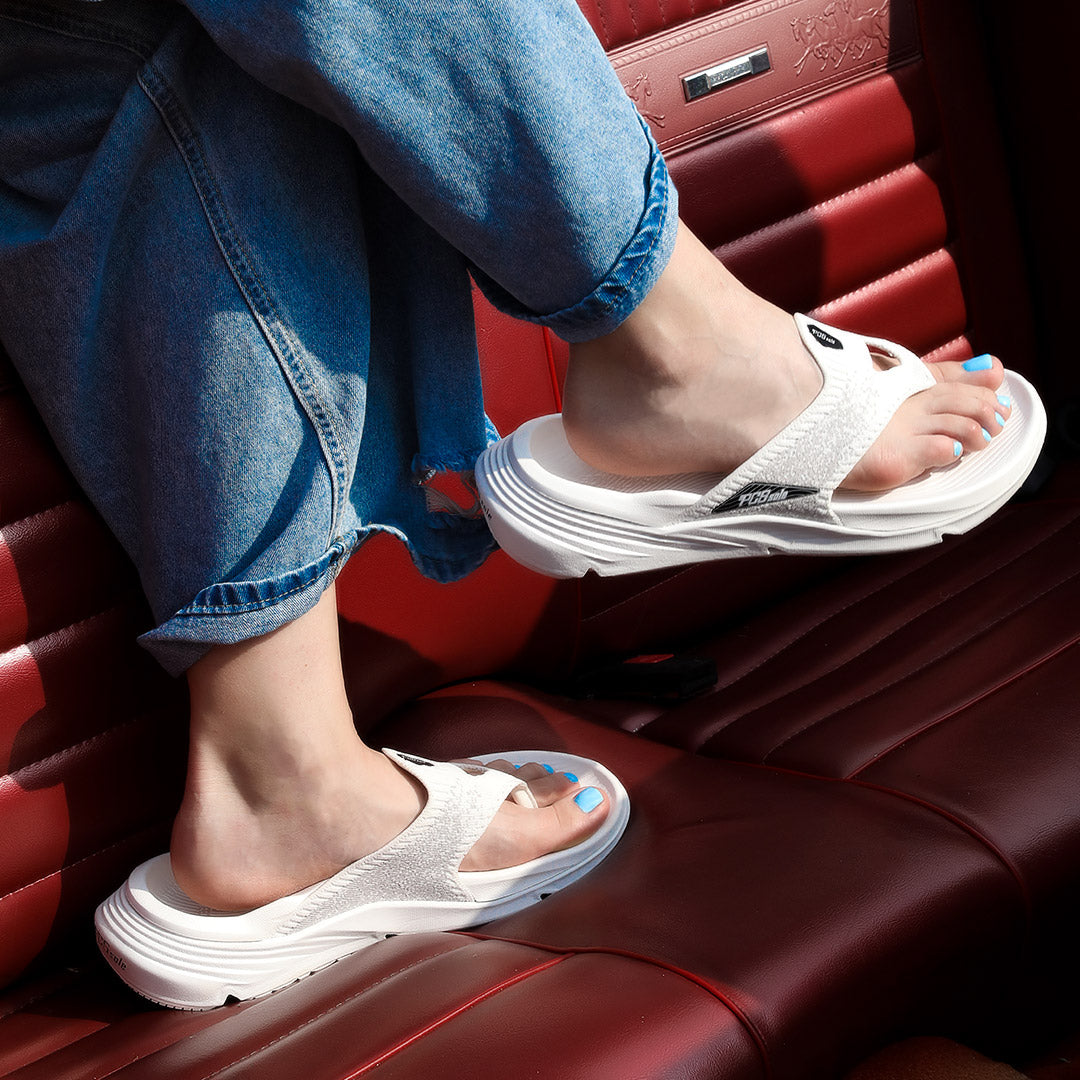
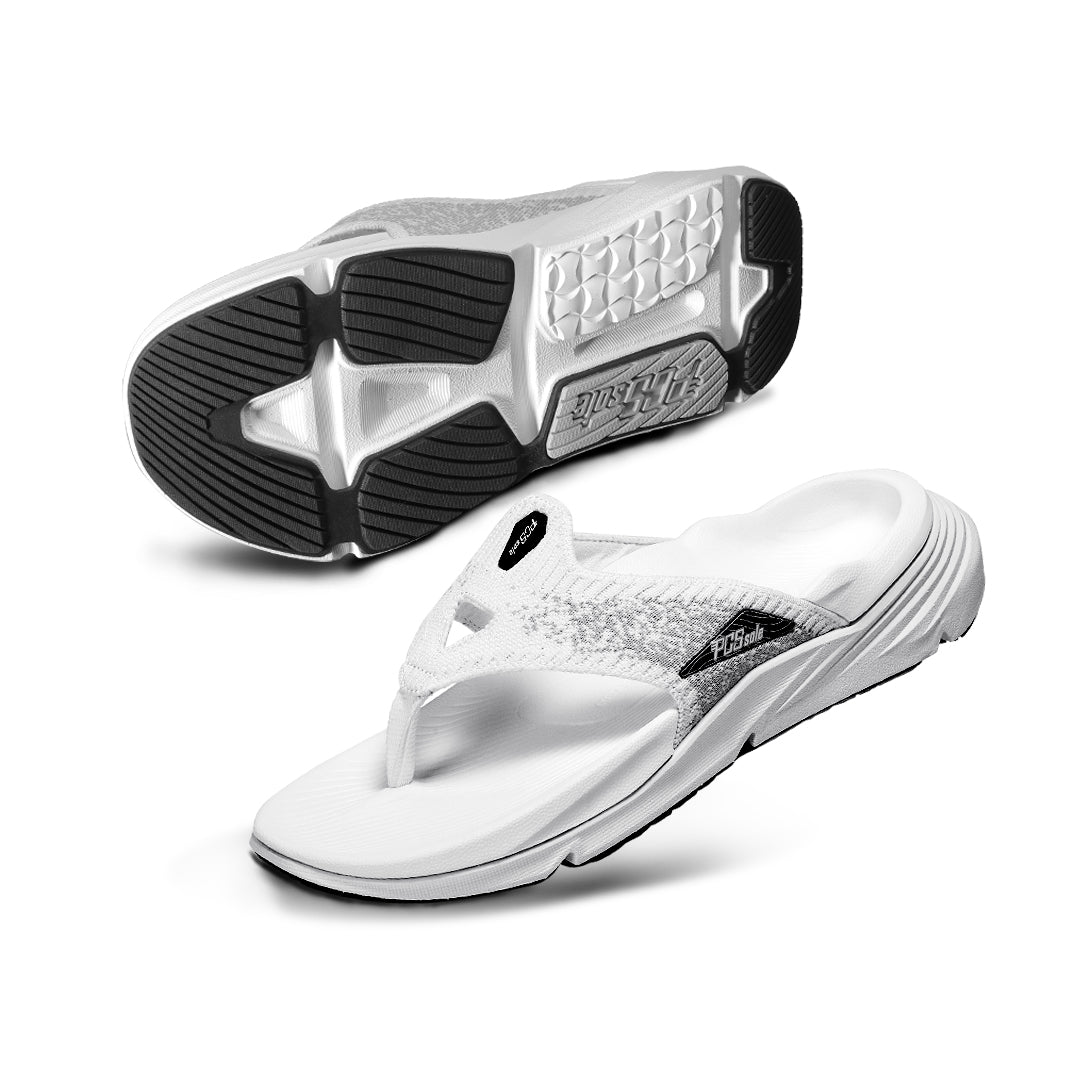
Aktie:
This Outdoor Gear Makes Heavy People Hiking Easier
Achilles Hurts When I Run: Need to Take a Break from Running?